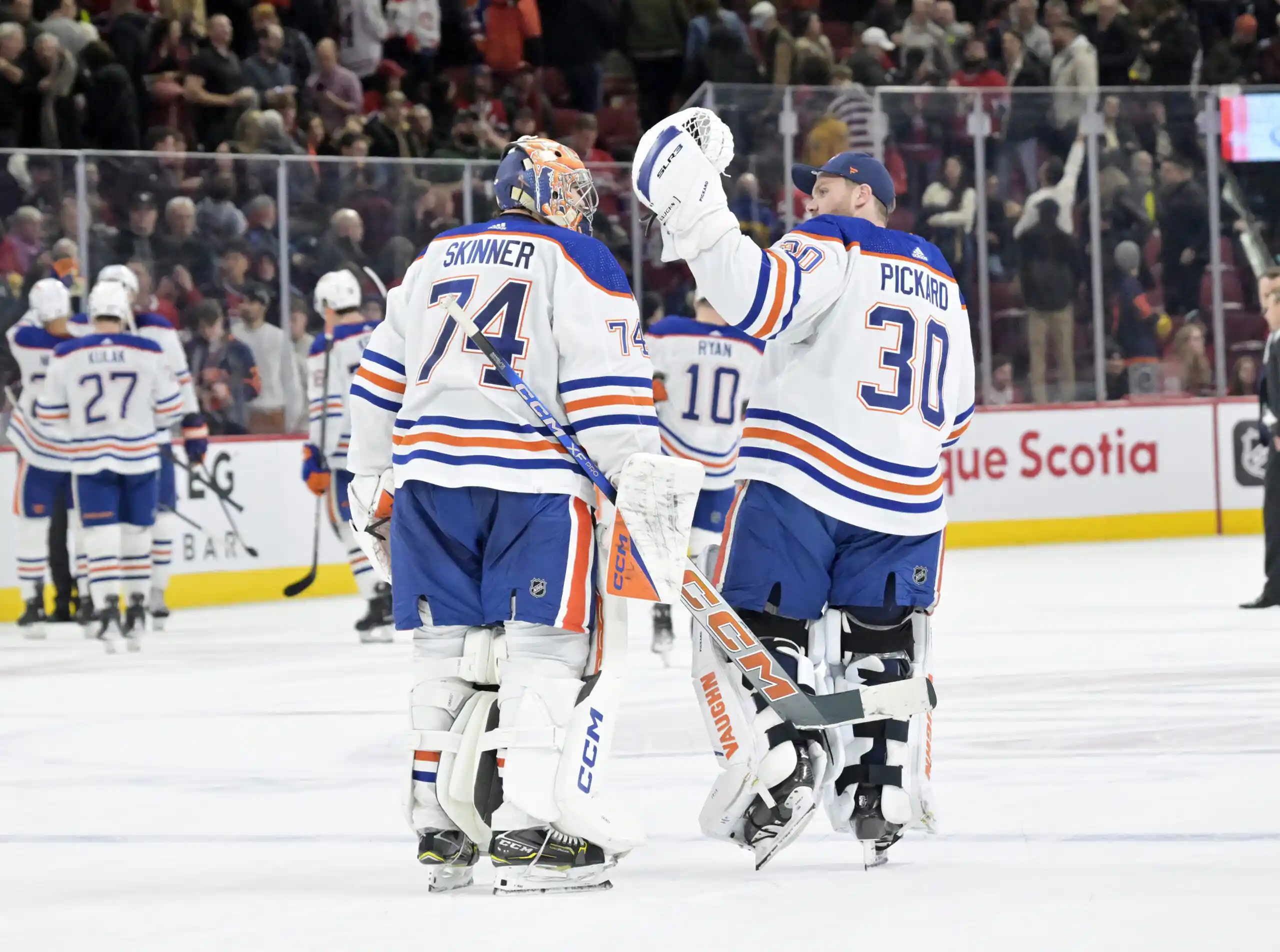Money Spent: Nathan Beaulieu and Martin Marincin
On Saturday, news came that the Montreal Canadiens had re-signed defenceman Nathan Beaulieu to a two-year contract extension. Beaulieu, a 22-year-old defenceman, played his first semi-full season with the Habs this year and has some things in common with Edmonton Oilers’ rearguard Martin Marincin. Does his contract represent a reasonable starting point for Marincin’s next deal?
Partially this deal is a financial decision by Montreal; signing the player short-term means the cap hit is extremely reasonable. In part, though, it’s also a ‘prove yourself’ contract; Beaulieu spent some time in the AHL during the season and didn’t get a lot of ice-time even when he was in the lineup.
What makes him interesting to us is his similarity to Marincin, another defenceman who seemingly still needs to prove himself to the Oilers. Marincin has played 85 games over the last two seasons to Beaulieu’s 81, and their even-strength numbers (via war-on-ice.com) are pretty similar:
|
Most of these numbers will be familiar to readers. Marincin played two minutes more per game at evens while Beaulieu was a more effective points/hour player. Marincin started a lot of shifts in the defensive zone; Beaulieu had slightly higher caliber opposition.
The last two numbers are relative. The latter is Fenwick (unblocked shot attempts) and shows that both player had better on-ice numbers than their respective teams; Marincin’s relative was better but Beaulieu played for a better team which makes it harder to outperform his teammates. The other is the relative percentage of high-danger scoring chances (as defined by war-on-ice) when each player was on the ice. Marincin still outperformed his team, but not by as much as he had using Fenwick. In contrast Beaulieu actually outperformed his already impressive Fenwick numbers.
Neither player has much of a role on the power play, with each averaging less than one minute per game. Beaulieu doesn’t kill penalties, while Marincin averaged better than two minutes per game in the discipline in 2014-15.
Both players look impressive compared to their teams. Beaulieu is about 10 months younger, has better draft pedigree and has the advantage of having played most of his NHL games last season where Marincin’s games are distributed closer to 50/50 over the last two years. Beaulieu has more value than the Oilers’ defenceman; the two play a somewhat similar style of game though Beaulieu is more physical (though still a long way from being a bruiser) and has superior offensive upside while Marincin has an advantage defending the blue line because of his exceptional reach.

Given that Beaulieu just signed a two-year deal at that pricepoint, one imagines that Marincin could be talked into a similar deal; say two seasons at something in the $900,000 range. If he could play regular minutes, even in the No. 6 role, at that pricepoint it would give the Oilers the flexibility to spend money elsewhere. Any evolution on Marincin’s part beyond the No. 6 role would be gravy.
There’s a decent chance that Edmonton ends up moving Marincin this summer in a deal for another player, because that combination of dollar value and upside will be attractive to other NHL teams, especially those near the salary cap. But it’s well worth remembering that those same qualities which make Marincin tradeable should also be attractive to the Oilers.
RECENTLY BY JONATHAN WILLIS
- Connor McDavid and the value of superstars
- Is Dougie Hamilton worth signing to an offer sheet?
- Ottawa, Edmonton and goaltending
- Edmonton extends Andrew Miller, Brad Hunt
- Oilers’ coaching picture is becoming clearer
- The lessons Edmonton should take from Justin Schultz’s development
- Follow Jonathan Willis on Twitter
Recent articles from Jonathan Willis





